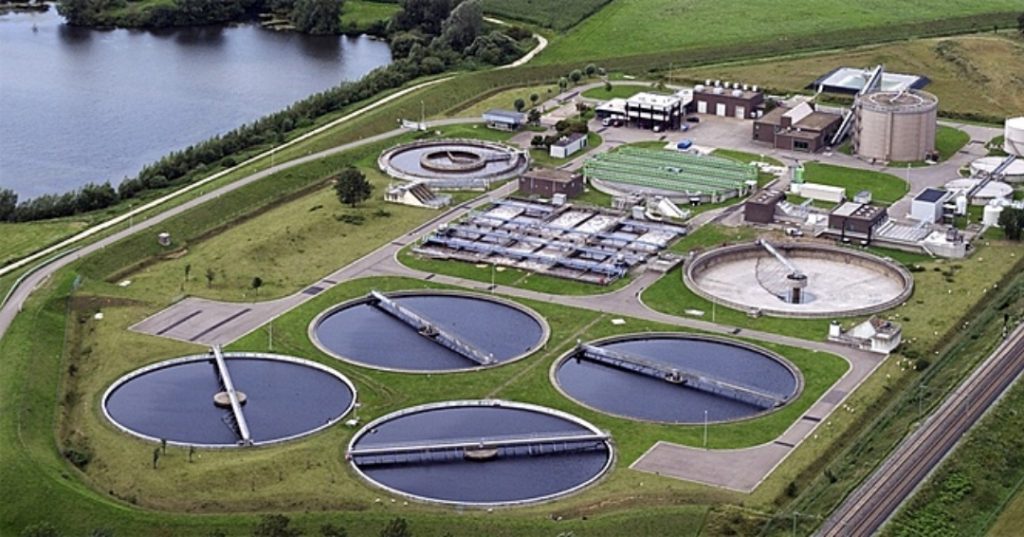Overview
Wastewater treatment is a high-priority measure that must be taking care of. In order to continue to work, workers should be aware of the company’s benefits of the successes in waste reduction and pollution prevention. We can divide wastewater treatment strategies into three physical, chemical, and biological subdivisions. The following are some of the most common methods of wastewater treatment:
- Effluent treatment plant
- Sewage treatment plant
- Common effluent treatment plant
Effluent treatment plant:
One of the water treatment processes is the ETP or Effluent Treatment Plant. Leading pharmaceutical and chemical firms use it in the purification process. The industry determines the type of effluent released into the water. Some effluents contain oil and grease, while others contain hazardous materials. Food and beverage industry effluents contain degradable organic pollutants. We use ETP, or effluent treatment technology for the treatment of various types of effluents.
Benefits of ETP:
- To clean and recycle industrial effluent for future usage
- To minimize the amount of freshwater used in industry
- Protection of the natural environment from pollution
- To comply with the government’s pollution emission regulations in order to prevent harsh penalties.
- To reduce the amount of money spent on water acquisition.
The mechanisms and procedures are mainly to treat wastewater in the industry. Moreover, we refer to them as industrial wastewater treatment. It’s produced as a by-product of industrial or commercial processes. The treated industrial wastewater (or effluent) can be reused or discharged into a sanitary sewer or into the environment’s surface water. While most industries generate some wastewater, recent trends in the developed world have reduced wastewater output or recycled it as part of the manufacturing process. Many industries, however, continue to rely on wastewater-producing systems.
Sewage treatment plant:
It is the method of eliminating pollutants from effluent and domestic wastewater and sewage. Wastewater from the toilet, bathing, cleaning the sink, and other routine activities drain into a pipe that connects to a wide sewer pipe underneath the driveway. The larger pipe often connects to a larger pipe leading to the treatment.
The method of removing pollutants from wastewater, mainly household sewage, is sewage treatment. It employs physical, chemical, and biological processes to extract these pollutants and produce environmentally healthy treated wastewater. Sewage sludge is a semi-solid waste or slurry that will be generating as a by-product of sewage treatment. We need to treat them further before they can be disposed of or used on the property.
This wastewater treatment completes by following the steps mentioned below:
Preliminary treatment:
Its goal is to physically separate large-scale contamination from equipment that could block or damage it.
Primary treatment:
It is the process of separating organic solids from wastewater. It eliminates suspended solids and organic matter that floats and settles. Moreover, they use physical as well as chemical treatment.
Secondary Treatment:
Pumping air into the tank allows bacteria to break down the small bits of sludge that survived the sludge scraping operation.
Disinfection treatment:
This is the last step in the water treatment process. Before being reused, recycled, or discharged to the atmosphere, it improves the effluent content to the desired standard.
We also call sewage treatment as wastewater treatment, although the latter is a wider concept that includes purely industrial wastewater. Surface runoff, effluents from small-scale industries, and pre-treating industrial wastewater are all acceptable when the environmental benefits of treatment outweigh the disadvantages of reduced treatment effectiveness. Then they may often be diverting into municipal sewage treatment plants. The efficiency of secondary treatment will be reducing when the sewage is diluted by stormwater runoff or industrial wastewater with low biochemical oxygen demand (BOD). Since secondary treatment habitats require a minimum concentration of biologically decomposable waste to keep the ecosystem population alive. Moreover, they require a minimum concentration of biologically decomposable waste.
CETP:
The idea of a common effluent treatment plant has gained traction as a means of storing, transporting, processing, and disposing of effluents from industrial estates. Industrial wastewater and domestic sewage produced on the estate are included in the effluent. The CETP idea aids small and medium-sized businesses in getting rid of waste. Before an industry discharges into a CETP, it may be necessary to adjust the pH or remove a particular pollutant. CETP is based on the following principles:
- The wastewater’s quality and flow rate.
- CETP has an effluent norm.
- Treated wastewater can be recycled and reused.
- Land, manpower, energy, and experience in specific treatment approaches are all factors to consider.
- The willingness of the businesses in the industrial estate to contribute to the CETP’s capital and operational costs.
Benefits of CETP:
- A reduction in the treatment plant’s capital and operating costs. Smaller, more dispersed treatment units are often more expensive than the standard treatment.
- Land availability, which is difficult to ensure by all individual units if they want to build their own treatment plants.
- Treatment of wastewater and sludge disposal becomes more organized.
- Various enforcement authorities will have less work to do to ensure compliance with pollution control regulations.
Bottom Line
The elimination of pollutants from untreated water is known as water purification. Water treatment refers to the industrial-scale processes that make water more suitable for a specific application. Water treatment is not the same as the small-scale water sterilization practiced by campers and others in remote areas. Current water pollutants should be removed or their concentrations reduced to the point that the water is suitable for its intended usage. This may be a healthy way to reintroduce used water into the area.
Do you find this blog engaging? Then please do check out our rest blogs too. To know more about us, our services and products, then browse our website. If you have any queries, then please do contact us.


